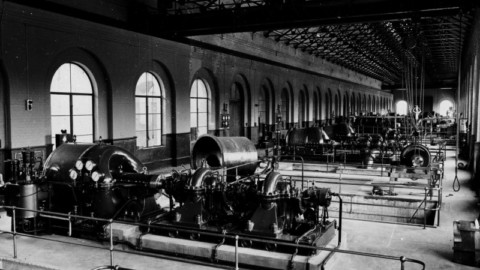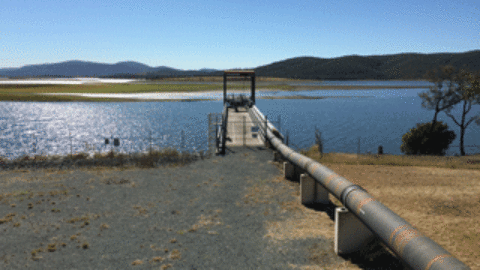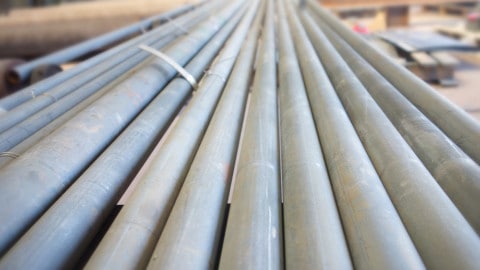Hydro Tasmania is assessing three sites for possible pumped hydro development opportunities in the state as part of the Battery of the Nation initiative.
Work has begun on a full feasibility assessment of pumped hydro development opportunities at Lake Cethana and Lake Rowallan in the North West, and near Tribute Power Station on the West Coast.
This will involve grassroots community engagement, geotechnical investigations and environmental, heritage and social assessments.
The Board of Hydro Tasmania has approved funding for this work to begin, as part of the first tranche of investment by Hydro Tasmania of up to $30 million for deeper studies of the three options.
The studies will identify a single pumped hydro project that can be ready to operate when 1,200MW of additional Bass Strait interconnection comes online.
Hydro Tasmania CEO, Steve Davy, said it was an exciting time for the business, with the next stage demonstrating that real progress is being made.
“A key focus of the Battery of the Nation initiative is to take the Tasmanian community with us on this journey, particularly those living near the proposed pumped hydro sites that we are investigating,” Mr Davy said.
“We are committed to providing those communities with information at every stage and seeking their input on what matters to them. We want to make sure that the projects we pursue will deliver benefits to Tasmania, and Tasmanian communities.”
Chief Executive of the Clean Energy Council, Kane Thornton, welcomed the announcement, noting that Tasmania would be an important part of Australia’s transition to a clean energy future.
“Australia will be completely powered by renewable energy at some point in the next few decades. This presents a need, and an enormous opportunity for Tasmania’s hydropower to play a critical role in supporting Australia’s transition,” Mr Thornton said.
“The construction of Tasmania’s hydropower system a century ago was a remarkable nation-building project, and the next generation of projects in Battery of the Nation and Marinus Link is just as exciting.
“Tasmania will attract many of the nation’s best and brightest to work on this next phase of nation building, as well as offering remarkable opportunities for locals to develop their skills and careers.”
Early modelling shows unlocking Tasmania’s exciting renewable energy potential could generate billions of dollars of investment and thousands of jobs in regional Tasmania.
This presents both opportunities and challenges for the state as it seeks to maximise the benefits of what could potentially be a 20-year program of renewable energy projects.
Mr Davy said Tasmania would be competing with the rest of the nation for scarce skills.
“Finding the skills in the timeframes needed to design and build the Battery of the Nation projects will be extremely challenging,” Mr Davy said.
“There’s a lot of infrastructure being built across Australia and, even now, engineering disciplines and trades are hard to get as there is enormous competition for the best talent.
“A 20-year program will bring with it all sorts of workforce challenges, both for businesses competing to attract skilled employees and those developing pathways to work for young Tasmanians. That’s why we want to bring together perspectives from a range of sectors to consider how we best meet those challenges to bring the greatest benefit to Tasmanians.
“We need to ensure industry and the education and training sector in particular are working together because Battery of the Nation offers young Tasmanians a once-in-a-generation opportunity to be part of transforming Australia’s energy landscape.”














